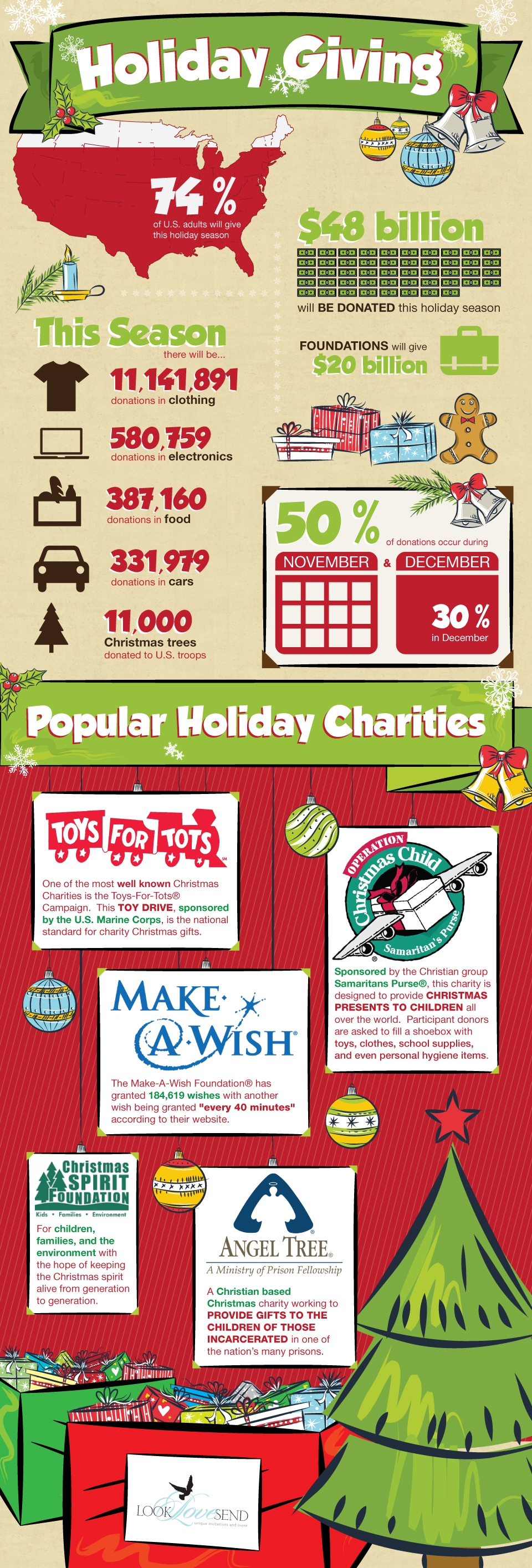University of Washington (via How Can I Be Happy Blog) has published a study about five parentng programs that work to help raise healthy and happy teenagers:
Nurse-Family Partnership sends registered nurses to visit young, first-time, single mothers at least once every two weeks during their first pregnancy and until their child is 2 years old. Nurses help expecting moms reduce smoking, drinking and drug use. After the child is born, nurses help mothers create safe environments for their children and develop strategies for dealing with difficult behaviors.
Positive Parenting Program is a flexible system of programs that focuses on five main goals: promoting safe and engaging environments, creating positive learning environments, using effective discipline, creating clear and reasonable expectations, and self-care for parents.
The Incredible Years teaches children ages 3-6, their parents and teachers skills and strategies for handling difficult situations. Parents participate in group sessions; children take part in therapist-led group sessions, which help children develop skills such as problem solving, making friends, and cooperating with others. (This program was developed by Carolyn Webster-Stratton, now director of UW’s Parenting Research Clinic.)
In Strengthening Families Program: For Parents and Youth 10-14, parents learn about risk factors for substance use, parent-child bonding, consequences for not following parental guidelines, and how to manage anger and family conflict. Their children learn effective communication, problem solving, and how to resist peer pressure.
Staying Connected with Your Teen helps children 12-17 years old avoid risky sexual activity, drug use, and violent behavior. The program helps parents set strong norms with their teen against antisocial behavior by increasing parental monitoring, reducing harsh parenting, and rewarding teens to promote family bonding.





